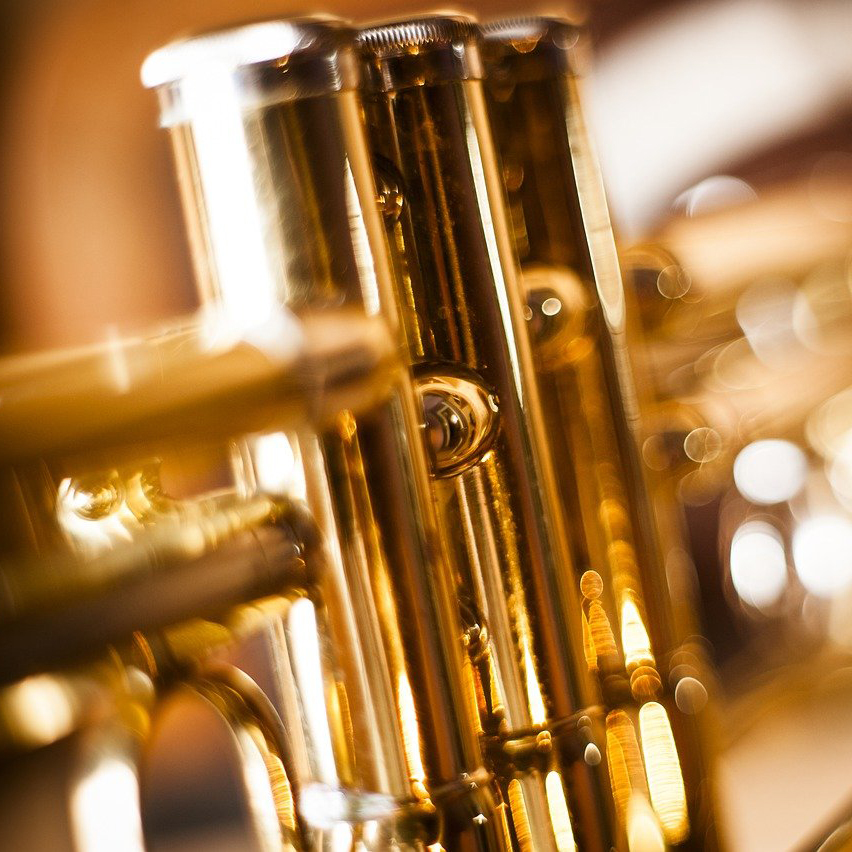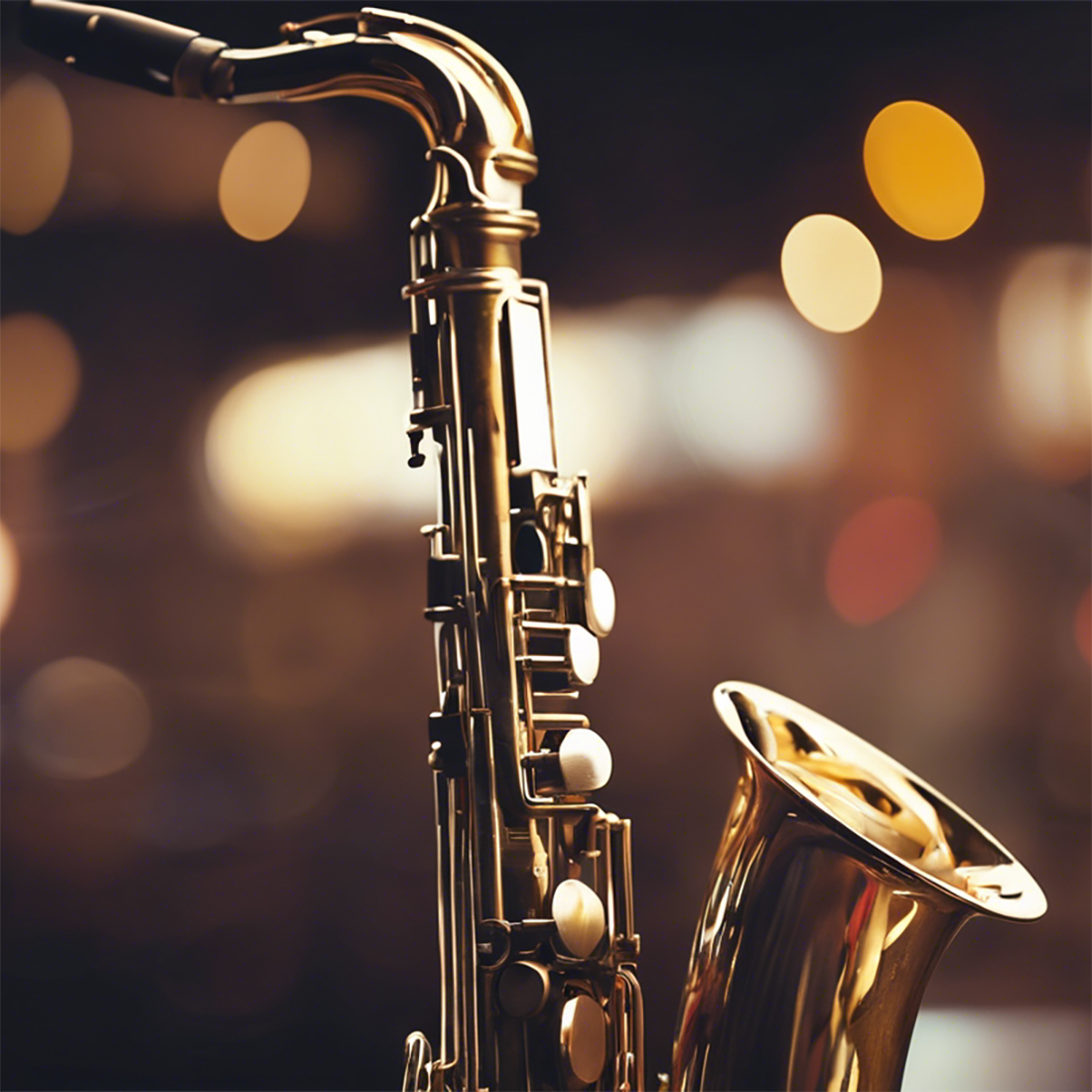In the vibrant world of jazz music, the roles of instruments are finely orchestrated to create a harmonious ensemble. Let’s explore the significance of horns and their interaction with the rhythm section:
- Horns:
- The term “horns” typically refers to instruments like saxophones, trumpets, and trombones (as well as any other single-note instrument, including the human voice).
- Their primary responsibilities include:
- Playing Melodies: Horn players are responsible for performing both written melodies (such as the main theme or “head”) and improvised solos. Their expressive playing adds color and emotion to jazz compositions.
- Unity and Harmony: When multiple horn players perform together (for instance, in a combo setting), they often play the head in unison (playing the same notes simultaneously). Alternatively, they may choose to play in harmony, where each player contributes different notes that blend melodically.
- Expressive Soloing: During solos, horn players unleash their creativity, weaving intricate lines and exploring musical ideas. Their improvisations are a vital part of jazz’s dynamic nature.
- The Rhythm Section:
- The rhythm section provides the heartbeat of jazz. It consists of three essential components:
- Piano: The pianist’s primary role is to play chords (accompanying the melodies) in a lively, rhythmic fashion. This technique, known as comping, adds texture and support to the music. Additionally, pianists can improvise melodically while maintaining chordal accompaniment.
- Bass: The bassist lays down the foundation. Their job is to play the roots of the chords and create a solid groove. The bass provides the pulse and acts as the glue that holds the ensemble together.
- Drums: Drummers maintain a steady beat, complementing the soloists’ improvisations. By introducing rhythmic accents and collaborating with the bassist, they infuse excitement into the performance.
- The rhythm section provides the heartbeat of jazz. It consists of three essential components:
- Guitar:
- The guitarist is versatile and can take on different roles:
- Single-Note Melodies: Like a horn player, the guitarist can play single-note melodies, adding melodic lines to the ensemble.
- Comping Chords: Similar to a pianist, the guitarist can also provide chordal accompaniment (comping) by strumming or picking chords.
- The guitarist is versatile and can take on different roles:
In summary, the interplay between horns and the rhythm section creates the magic of jazz. Whether it’s a soulful saxophone solo, a vibrant trumpet melody, or the rhythmic pulse of the bass and drums, jazz thrives on collaboration and individual expression. 🎺🎹🎷 Audio Snippets Rhythm Section Roles – Mark Gridley Comping and Syncopation – Mark Gridley Horace Silver – Song for My Father Mulgrew Miller – Comping
Source(s)








